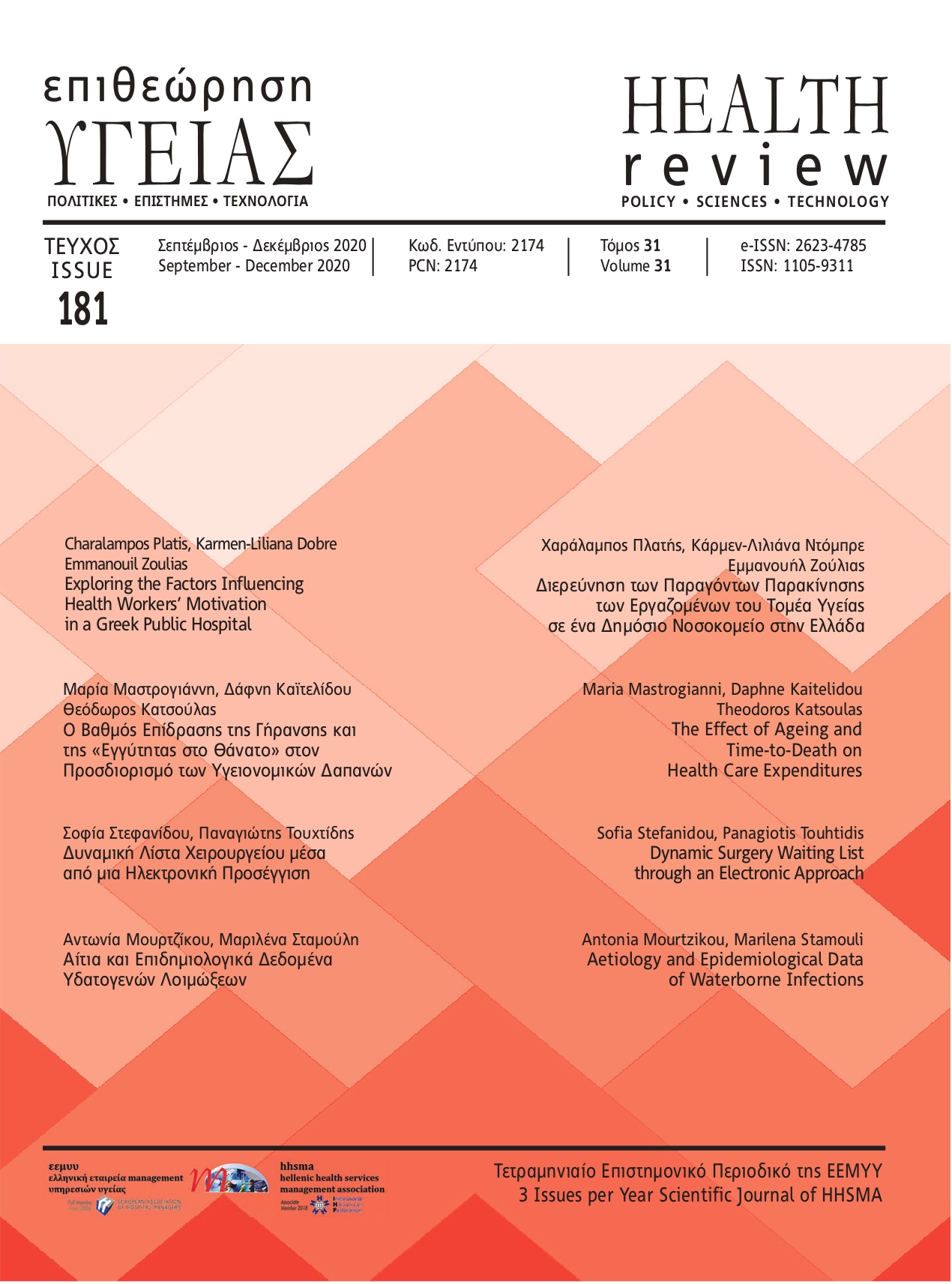Abstract
Introduction: There is widespread concern about demographic pressures of population ageing, as demographic estimates show a marked stagnation in population growth, which is at the same time accompanied by a decline of younger persons and a large increase in the proportion of older people with a remarkable rise in health care expenditures.
Aim: To review the relationship between total healthcare expenditure and the determinants, ageing and time-to-death (TTD), and the degree of impact of each determinant on the determination of total expenditure in health area in the countries of Organization for Economic Co-operation and Development (OECD).
Method: A systematic review of papers published up until August 2019 was conducted (the oldest meeting the criteria publication dates from 1993). Search was performed on PubMed, Medline, Scopus, ScienceDirect and OECD. The criteria for inclusion in this review were the demonstration of clear correlation between the 2 determinants and healthcare expenditure, using the key-words: ageing, time to death, closeness to death, proximity to death, healthcare expenditure, OECD.
Results: Only 26 of the scientific papers retrieved met the criteria for inclusion in this review of which 15 examined how ageing influence the healthcare expenditure and 11 showed how “proximity to death” react to healthcare costs.
Conclusions: The results show that the “red herring” hypothesis continues to be of great concern to researchers. The diversity of data and methodological approaches has led to many studies where demographic aging is the major determinant, but also to others where “time to death” is prevalent.
